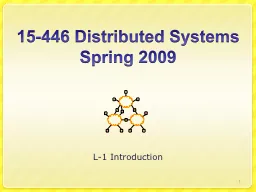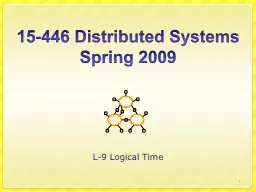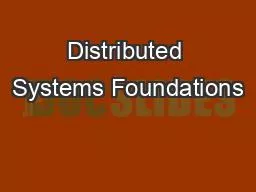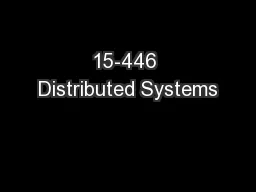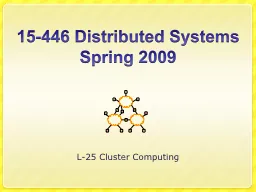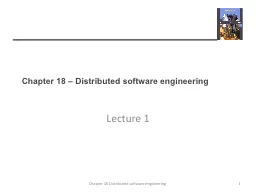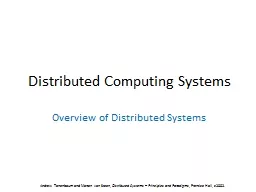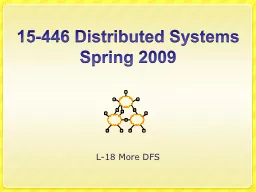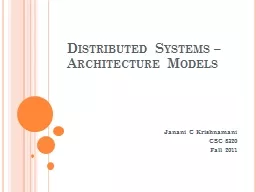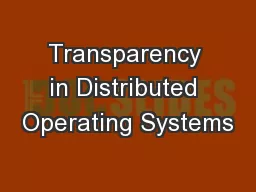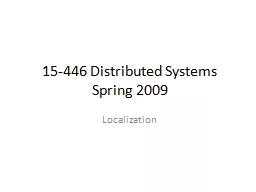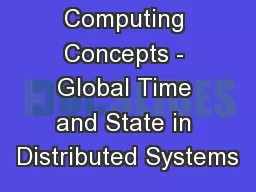PPT-15-446 Distributed Systems
Author : pasty-toler | Published Date : 2016-04-08
Spring 2009 L1 Introduction 1 Todays Lecture Administrivia Example topics 2 3 Instructors Instructor Srini Seshan srinicmuedu Wean Hall 8113 Office hours Thursday
Presentation Embed Code
Download Presentation
Download Presentation The PPT/PDF document "15-446 Distributed Systems" is the property of its rightful owner. Permission is granted to download and print the materials on this website for personal, non-commercial use only, and to display it on your personal computer provided you do not modify the materials and that you retain all copyright notices contained in the materials. By downloading content from our website, you accept the terms of this agreement.
15-446 Distributed Systems: Transcript
Download Rules Of Document
"15-446 Distributed Systems"The content belongs to its owner. You may download and print it for personal use, without modification, and keep all copyright notices. By downloading, you agree to these terms.
Related Documents

